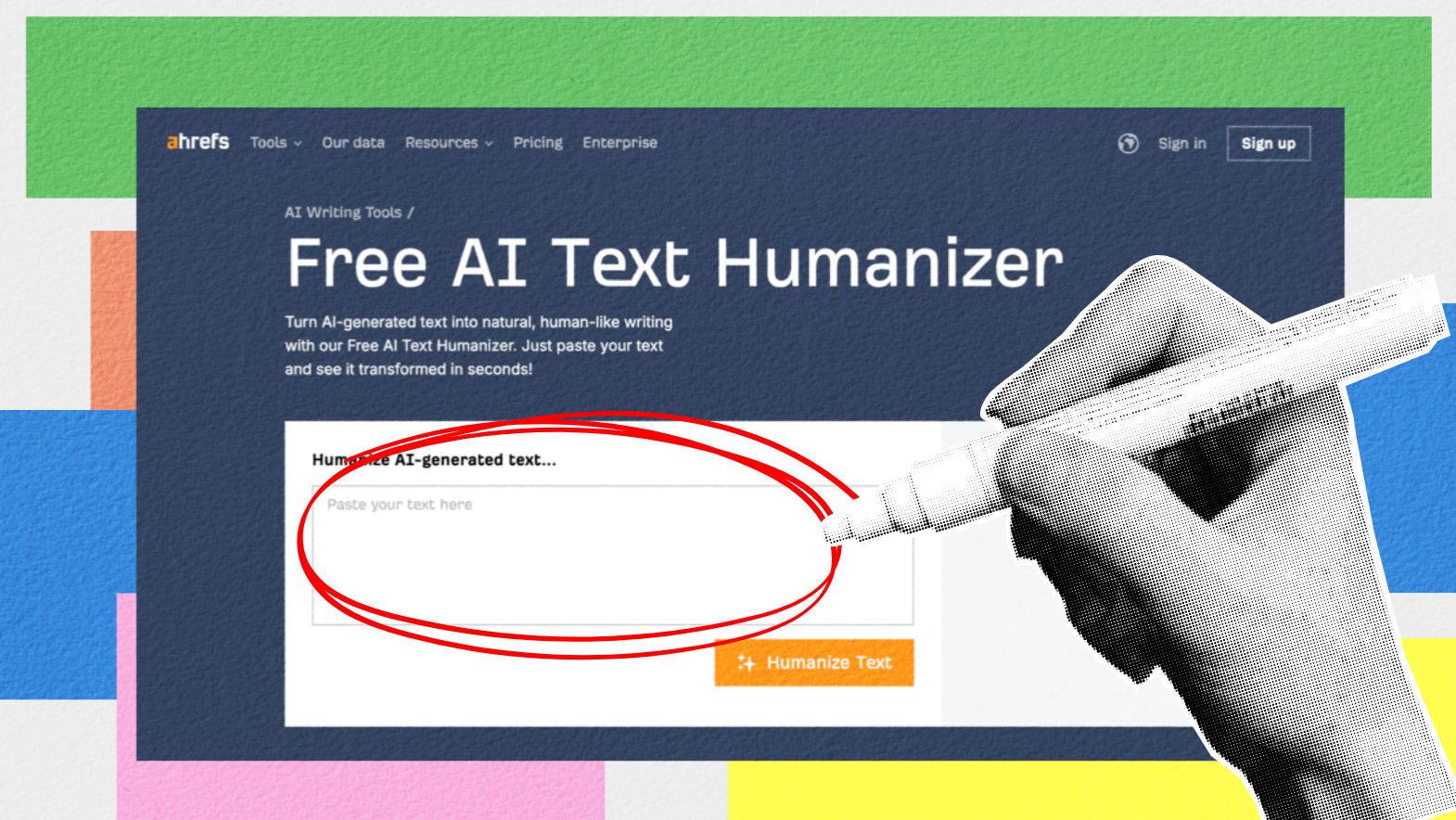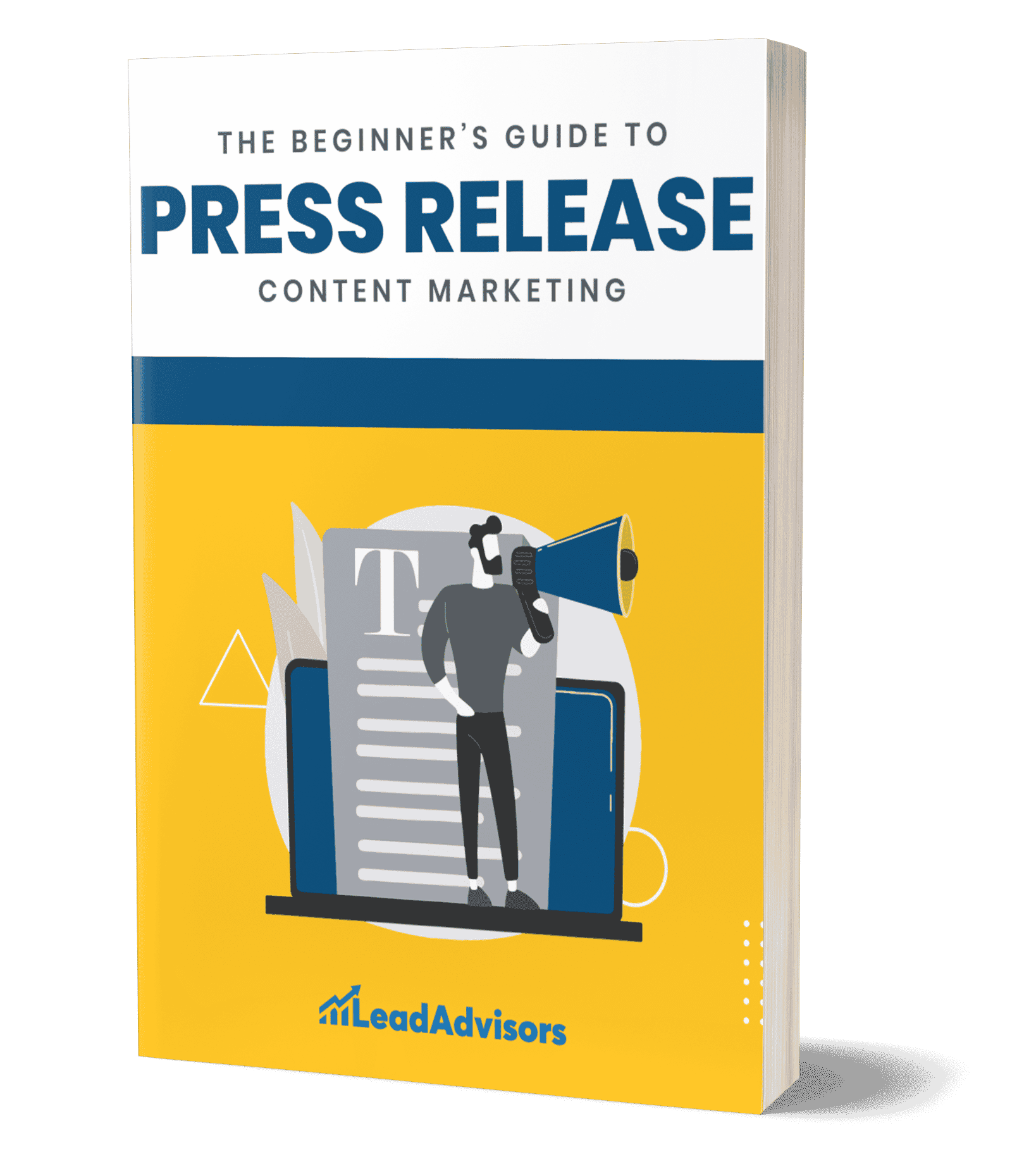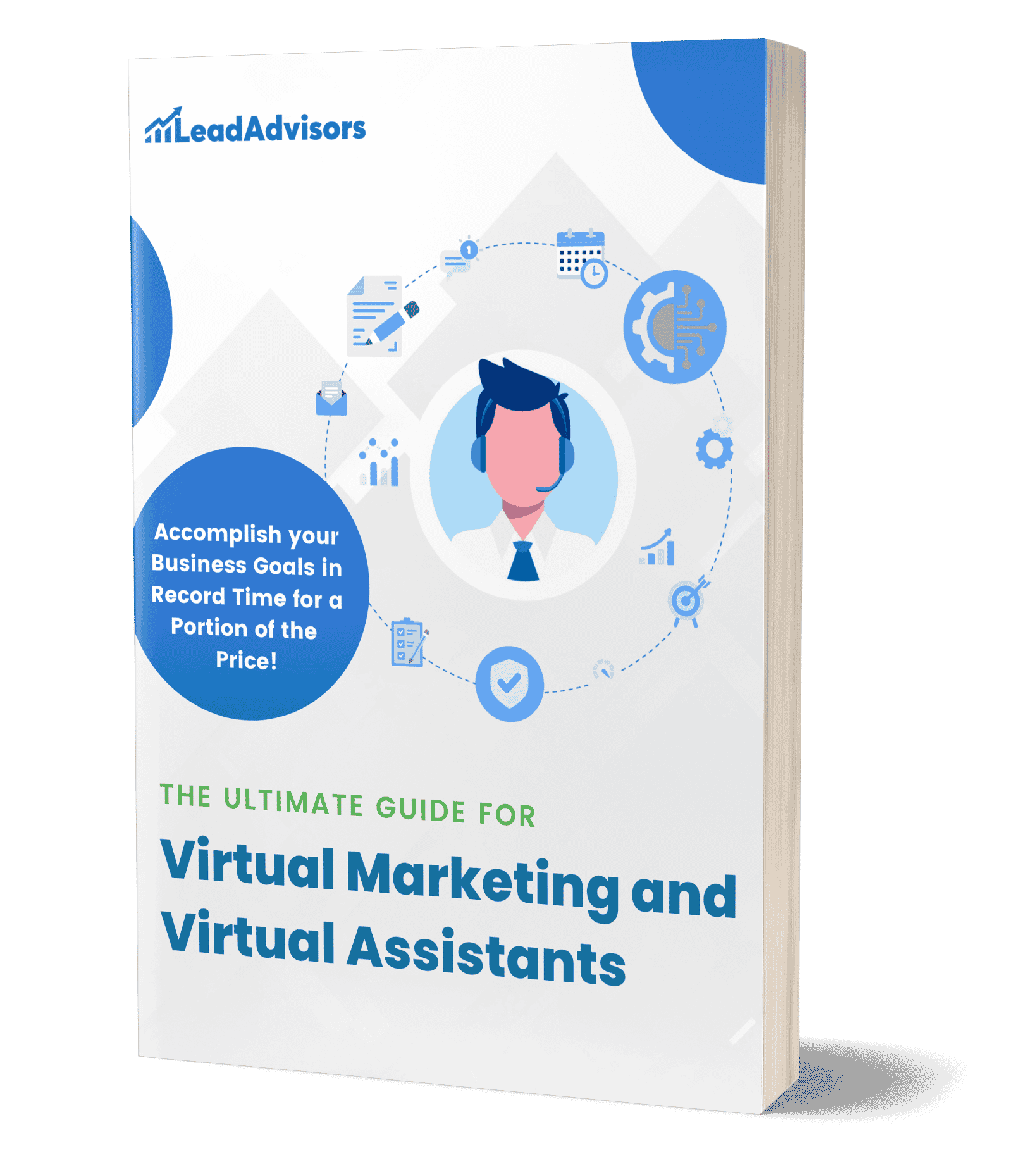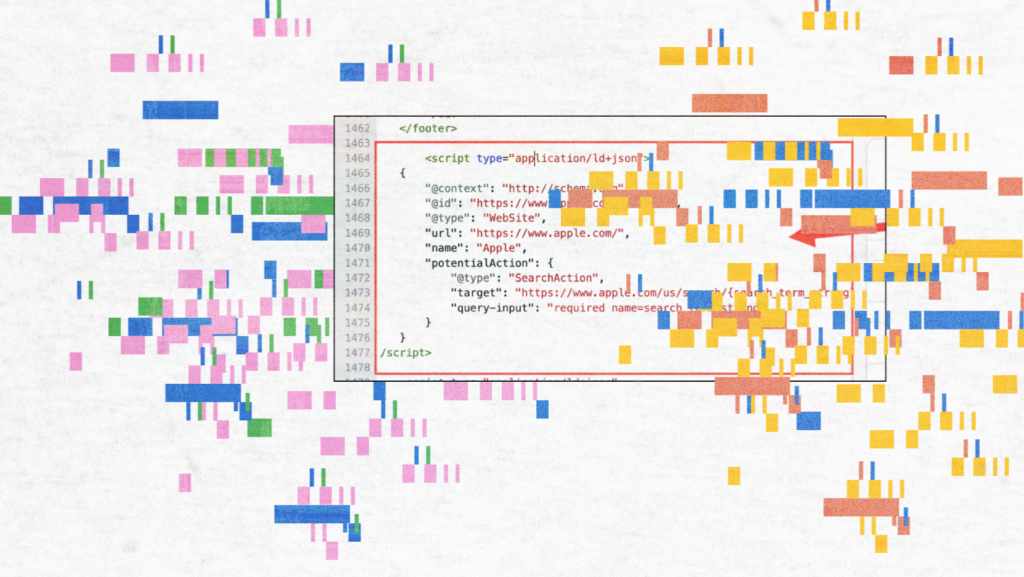Let’s be honest. You’re probably here because you’ve been wrestling with the same dilemma we all face: how do you use AI writing tools without getting flagged by AI detection tools?
The rise of AI-generated content sparked an arms race. As AI-generated text became more sophisticated, detection systems evolved to match. This created a new solution: “humanizers,” like the ahrefs AI text humanizer, that promise to make AI content undetectable.
But does Ahrefs AI text Humanizer actually work?
We tested it extensively against detection systems and compared it with free AI text humanizer alternatives. In this review, we’ll cover SEO performance, ethics, practical usability, and how it compares to competitors.
Ready to see if it’s worth your investment?
TL;DR – Overview
Ahrefs AI Text Humanizer rewrites AI-generated drafts to sound more natural and human.
In testing, it fooled Writer.com but failed on Originality.ai, GPTZero, Copyleaks, and even Ahrefs’ own detector.
Rewrites are mostly surface-level, sometimes losing precision and hurting readability.
It doesn’t improve rankings — Google values quality and expertise, not AI detector evasion.
Works best for light editing or tone adjustment before real human review.
Pros: Free, fast, simple, reduces some AI flags.
Cons: Inconsistent, limited features, still risky for academic or professional use.
Bottom line: Not truly “undetectable.” Use as a helper, not a shortcut.
What Is the Ahrefs Humanizer?
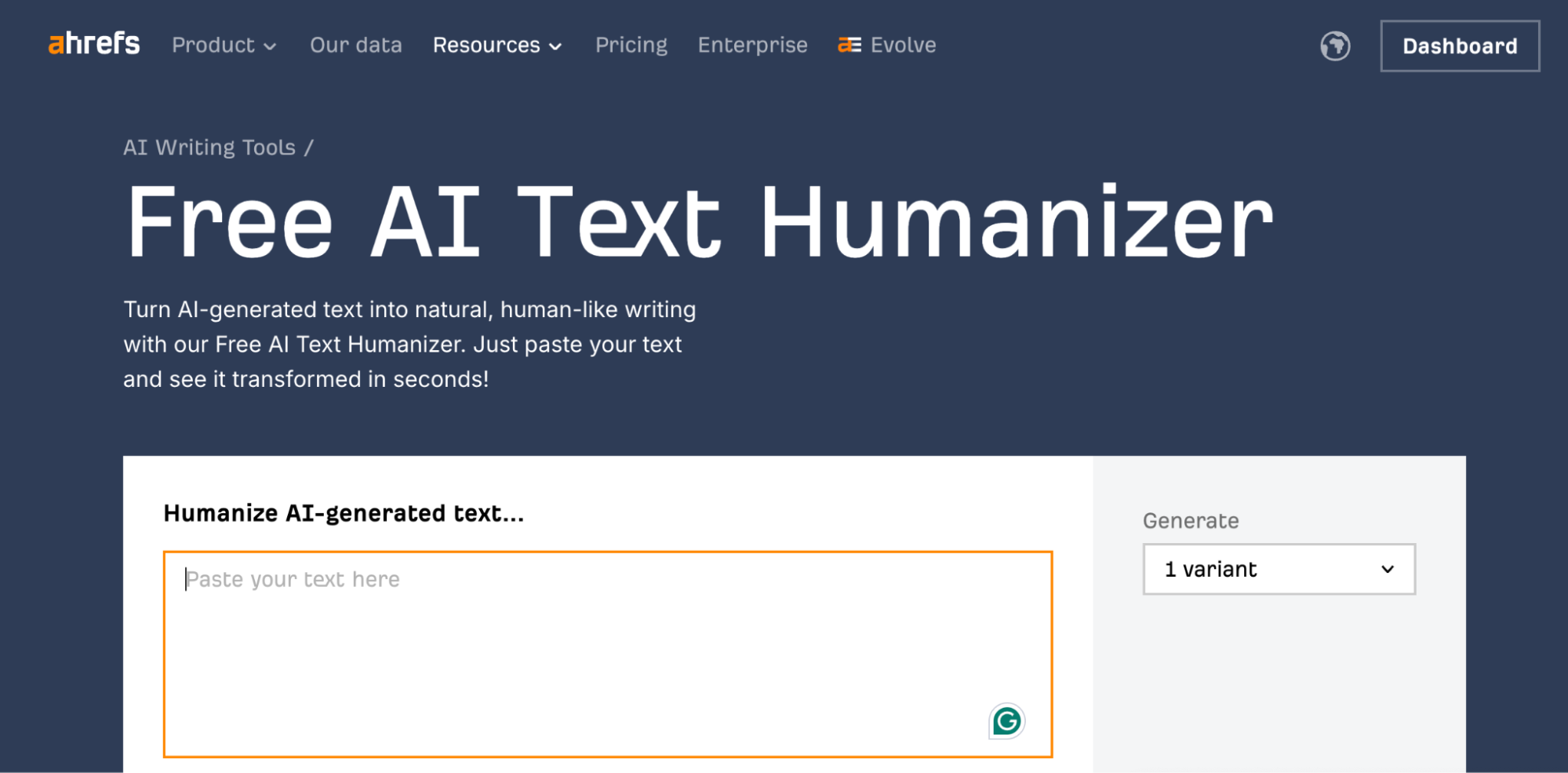
Simply put, the Ahrefs AI text Humanizer is one of the newest AI humanizer tools. It promises to turn AI-generated text into human-like writing that bypasses AI detection systems.
Unlike those free AI options everywhere, this isn’t a standalone free tool. It’s built right into Ahrefs’ SEO platform, so you’re not juggling multiple writing AI tools anymore.
Who’s this really for?
After testing, we found three main groups using it:
- SEO professionals who need content that ranks without triggering AI detectors
- Content agencies scaling client work, minus the robotic feel
- Students and writers turning AI-generated text into authentic pieces
The key difference? Most AI writing tools just swap words around. Ahrefs built theirs for search optimization, keeping your SEO value while fooling ai detection algorithms.
How Does It Work? (Under the Hood)
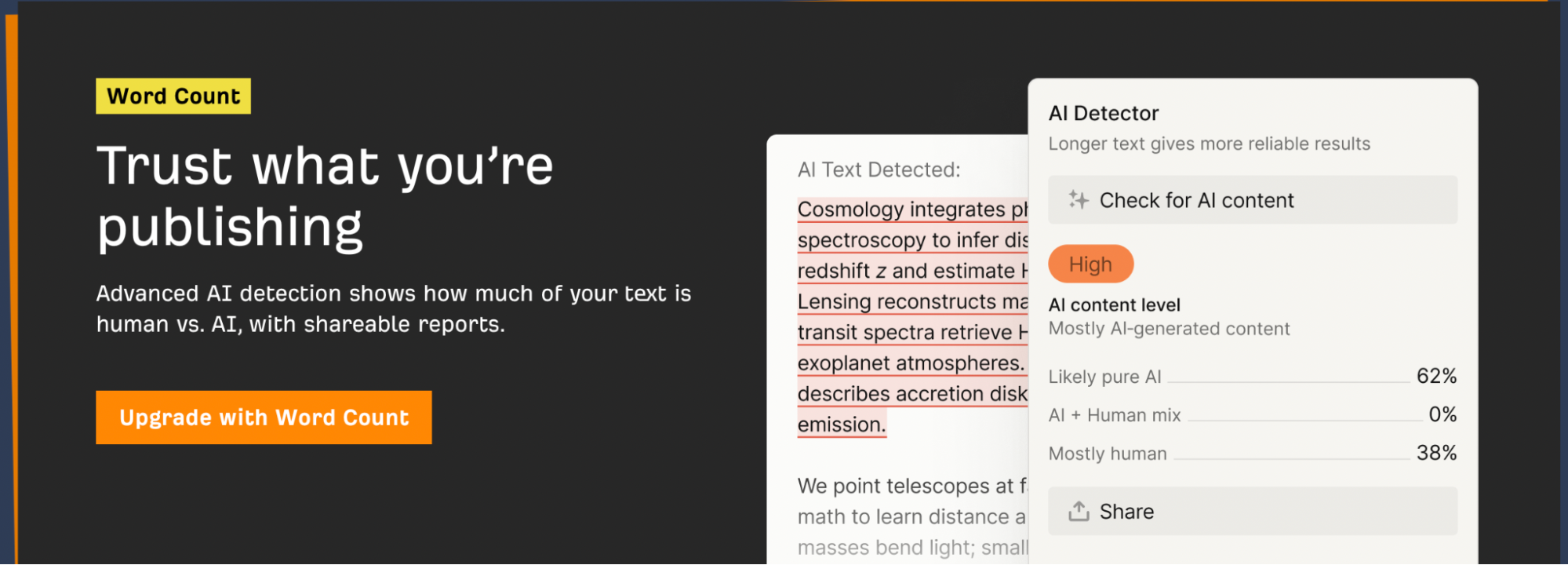
The two-pronged approach: The free Ahrefs AI text humanizer uses linguistic and semantic rephrasing to transform your content.
Linguistic changes are the surface-level stuff we noticed first. Think of swapping “utilize” for “use” or breaking up those perfectly structured sentences that scream AI. Semantic rephrasing goes deeper, restructuring entire thoughts while keeping the same meaning.
But here’s where we hit some walls.
Most of what we saw were surface-level edits. Sure, it catches obvious AI patterns, but actual contextual rewriting? Not so much. The tool struggles with nuanced meaning changes or industry-specific context that requires real understanding.
Here’s how our typical workflow looked:
- Raw AI input: “Implementing advanced methodologies facilitates optimal outcomes.”
- Ahrefs Humanizer magic: Processes for 10-30 seconds
- Final output: “Using better methods helps you get the desired results.”
See the difference? Less formal, more conversational, but sometimes it loses the original precision we needed for technical content.
Testing Approach We Recommend
We didn’t mess around with testing. We threw everything at it: Originality.ai, GPTZero, Copyleaks, and readability tests, because what’s the point if humans can’t understand it
We also ran the content through plagiarism checker tools to see if the humanization process accidentally created duplicate content issues. Spoiler: it didn’t, but good to verify.
Each tool has its quirks. GPTZero tends to be aggressive, sometimes flagging even human-written content. Originality.ai is more conservative but catches subtler AI patterns. Unlike other writing tools that just focus on creation, we needed to test the full pipeline from AI content generation to final output.
In this review, we tested a Blog article sample consisting of a 100-word piece on AI Automation.
The goal? See if we could humanize AI text without sacrificing high-quality content that actually serves readers.
Before/after reality check:
ChatGPT said:
“AI streamlines operations by automating routine tasks, routing work intelligently, and spotting issues early, while improving decisions with forecasts, anomaly detection, and “next best action” recommendations. Marketing, sales, ops, finance, HR, and support all benefit—from predictive scoring and call summaries to inventory planning, faster close, smarter hiring, and better agent assist. Measure gains via cycle time, cost per transaction, forecast error, conversion or CSAT lift, and first-contact resolution. Roll out with tight data governance, model monitoring, privacy controls, and a human-in-the-loop—starting with a small pilot embedded in existing tools and workflows.”
After trying to humanize AI:
“AI is transforming the way we work by taking care of repetitive tasks, intelligently managing workflows, and catching problems before they escalate. It also enhances decision-making through accurate forecasts, anomaly detection, and smart recommendations for the next best steps. Various departments like marketing, sales, operations, finance, HR, and support are reaping the rewards—from predictive scoring and call summaries to better inventory management, quicker financial closes, more effective hiring, and improved support for agents. You can track improvements by looking at metrics like cycle time, cost per transaction, forecast accuracy, conversion rates, or customer satisfaction lifts, as well as first-contact resolution. To implement this effectively, ensure you have strong data governance, monitor your models, maintain privacy controls, and include a human touch—starting with a small pilot project that fits seamlessly into your current tools and workflows.”
Notice the shift? More casual, longer sentences, everyday language. But we lost some of that professional tone you might need for B2B content.
The real test was whether we still had high-quality content that would rank and engage readers. That’s where things got interesting.
Results: Can It Really Bypass AI Detectors?
The numbers don’t lie. Based on what we’ve seen from our own testing and other content creators and industry blogs testing the Ahrefs free AI Text Humanizer against major detection platforms, here’s what typically happens when ai content goes through the humanization process:
Originality AI
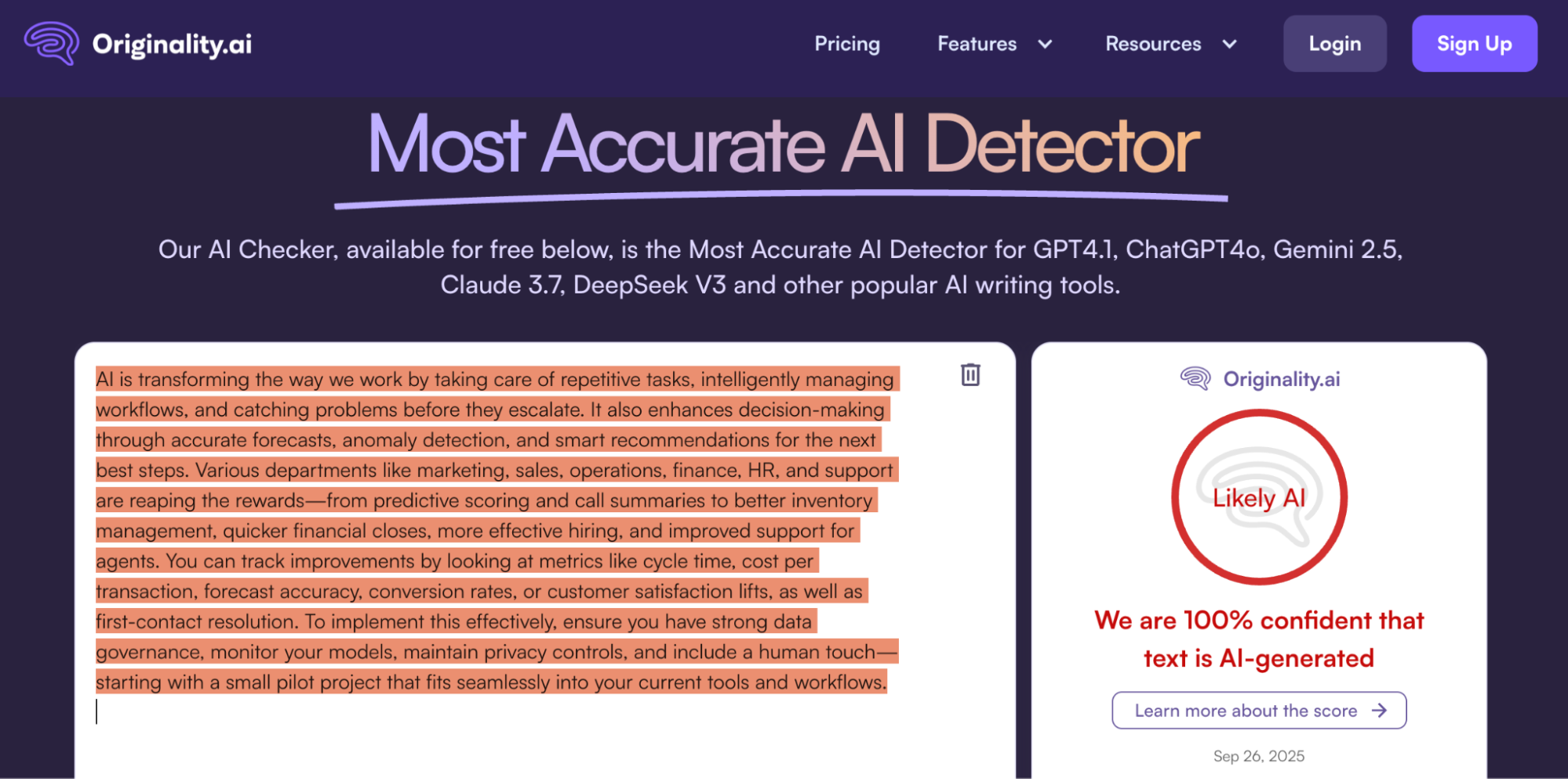
Looking at this screenshot, it’s clear that the Ahrefs free ai text humanizer didn’t do its job here. Even after running the text through their tool, Originality.ai still caught it as “Likely AI” with 100% confidence—that’s a complete failure on the humanizer’s part.
What’s interesting is that you can still see those telltale AI writing patterns in the highlighted text – all those corporate buzzwords and systematic explanations that scream “A bot wrote me.”
It seems like the current humanization tools just aren’t sophisticated enough to fool the more advanced AI detectors. So, if you’re trying to make AI content undetectable, you might need to do a lot more manual editing yourself.
GPTZero
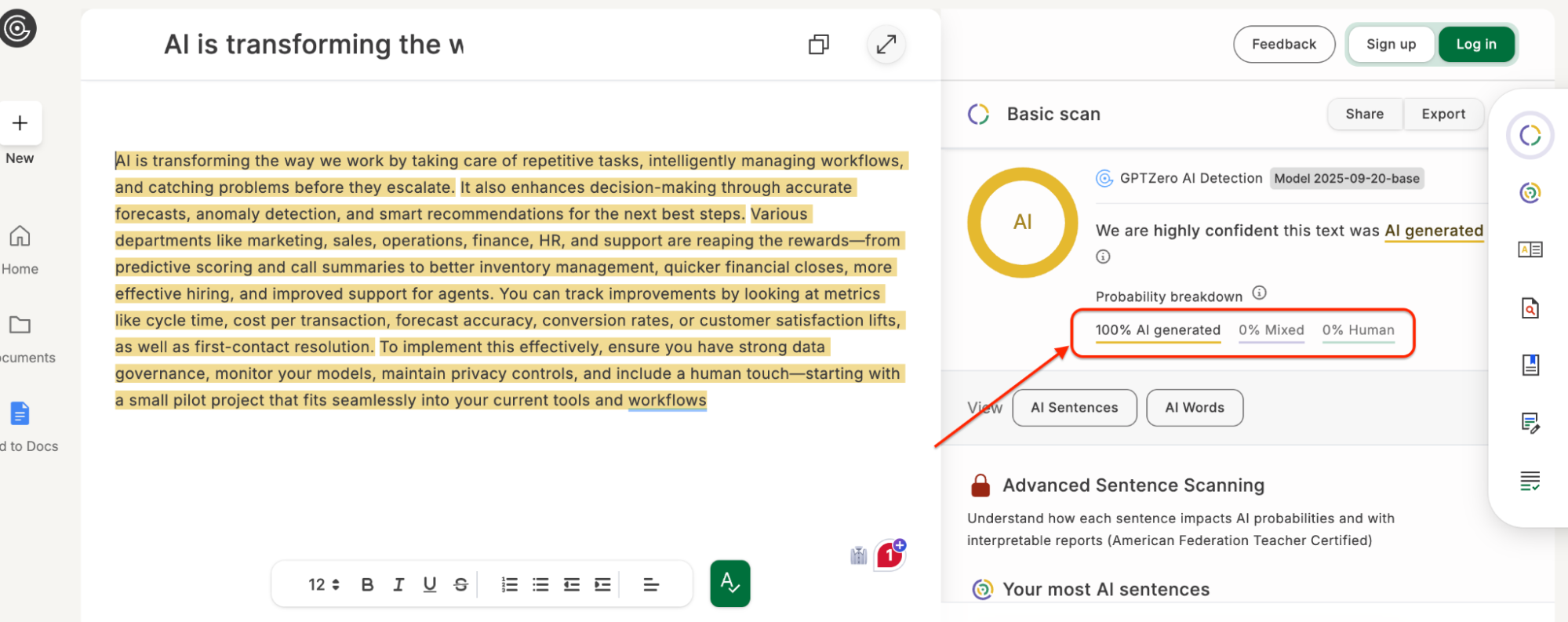
Wow, this is even more damning for the Ahrefs humanizer – GPTZero is showing 100% AI-generated content with absolutely zero mixed or human content detected. The tool is so confident that it’s flagging every single sentence as AI-written, which means the humanization process basically did nothing to mask the original AI patterns.
What’s really telling is that GPTZero is using its 2025 model, so it’s trained on the latest AI writing styles and can easily spot the telltale signs even after attempted humanization. It looks like these humanizer tools are falling way behind the detection technology – you’d probably get better results just rewriting the content yourself from scratch.
Copyleaks
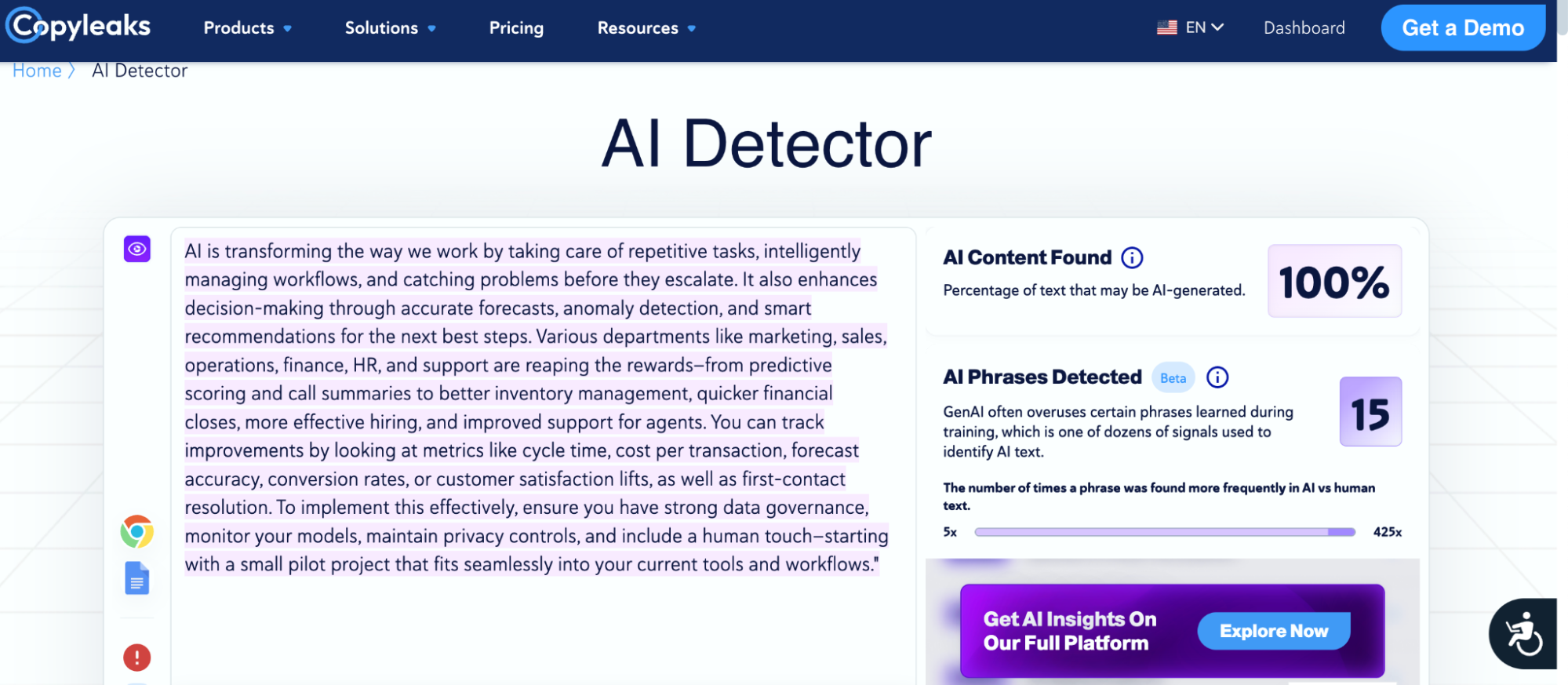
This is a complete strikeout for the Ahrefs humanizer – Copyleaks is showing 100% AI content detected, just like the other tools. What’s particularly interesting here is that Copyleaks found 15 AI phrases that appear way more frequently in AI text than human writing, with some words being used up to 425 times more often by AI models.
Pretty impressive based on what others are reporting, right? But that’s just half the story.
Writer
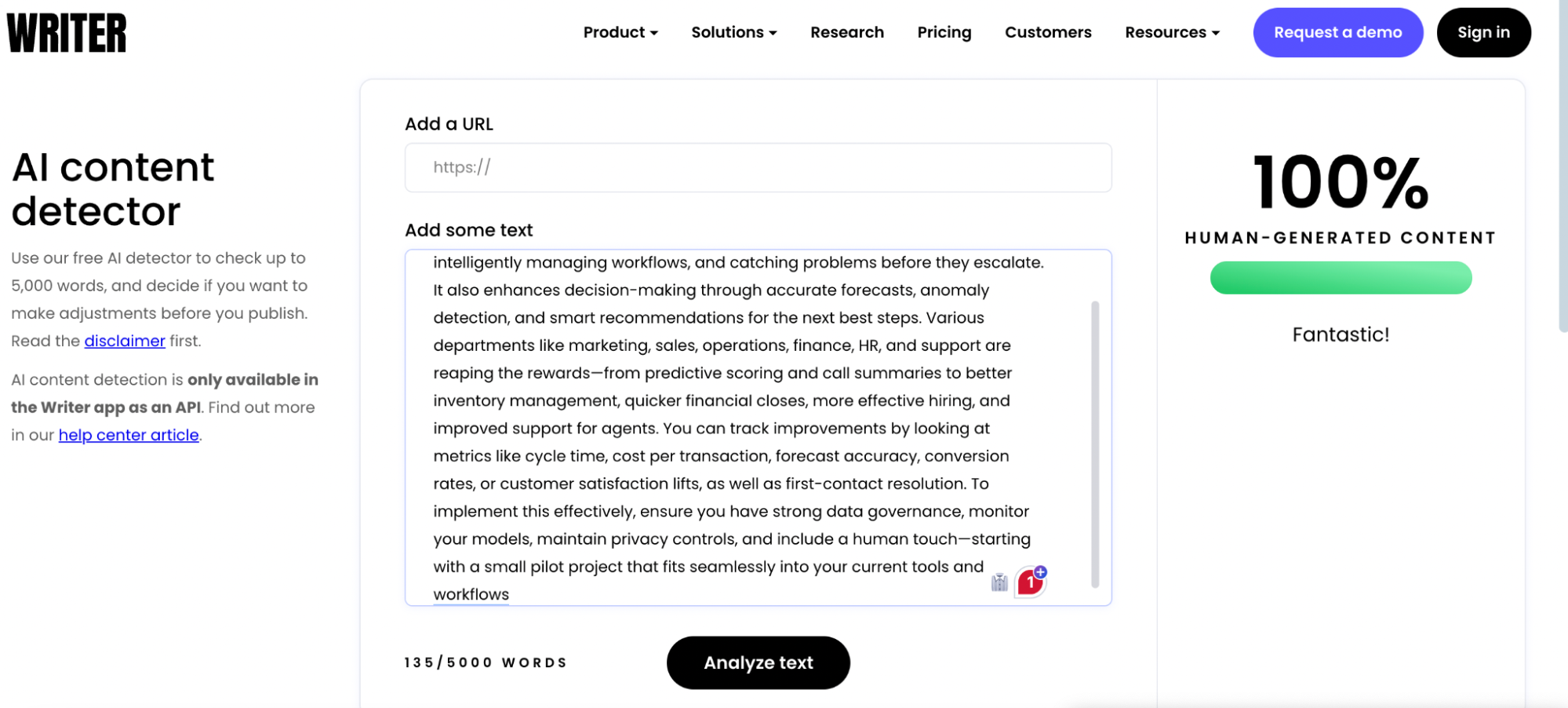
Well, this is interesting—Writer.com’s AI detector is giving completely opposite results, showing 100% human-generated content with a “Fantastic!” rating. This creates a fascinating contradiction: Three major detection tools (Originality.ai, GPTZero, Copyleaks) all say it’s 100% AI, while Writer.com confidently claims it’s entirely human-written.
Ahrefs AI Detector
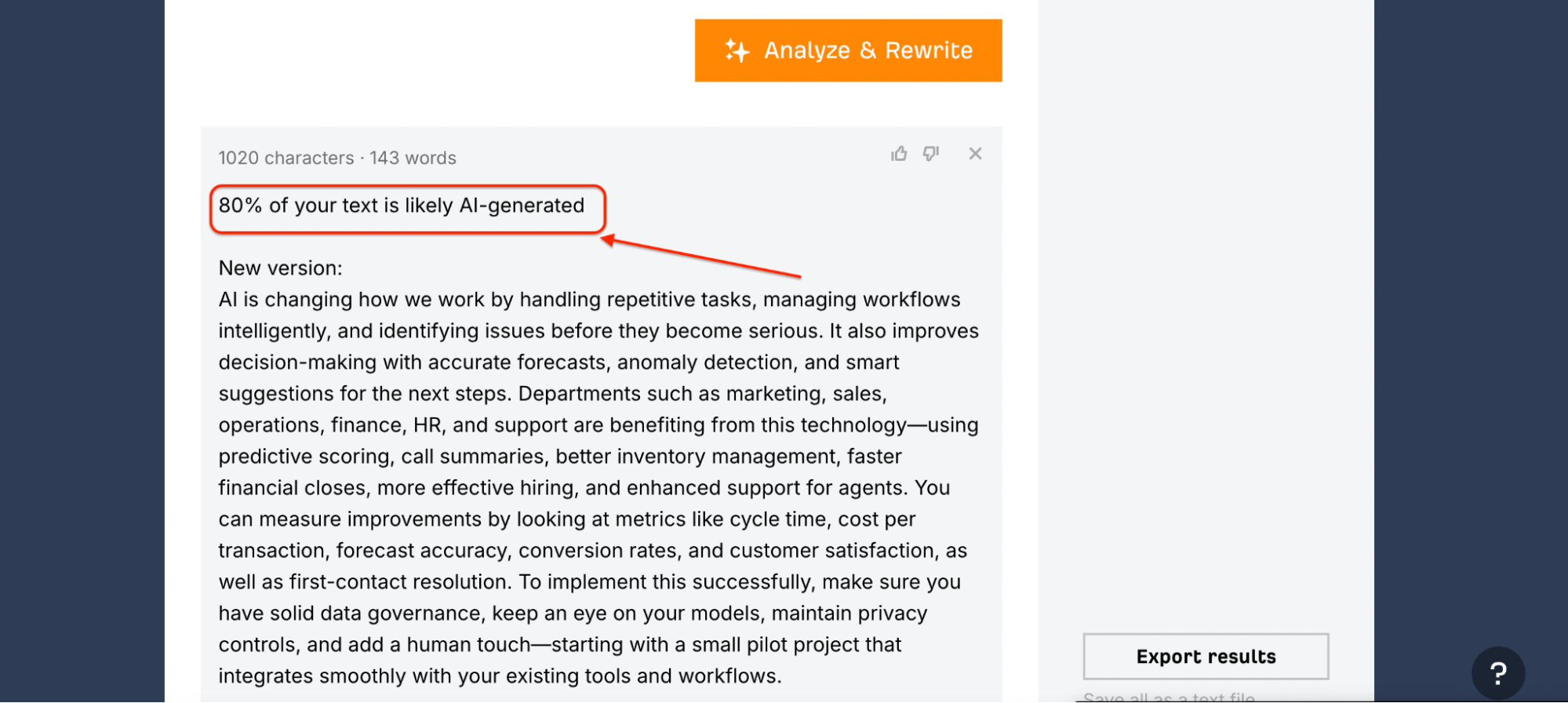
This is pretty interesting – Ahrefs’ own AI detector is calling their humanizer’s output 80% AI-generated content. It shows there’s still some disconnect between their two tools and highlights how tricky this whole AI detection and humanization space really is, even for the companies building these technologies.
Verdict:
Honestly, the Ahrefs humanizer struggled in this test. It managed to fool Writer.com completely, but three other detectors flagged it as 100% AI. What’s even more telling is that Ahrefs’ own AI detector called out their humanized content as 80% AI-generated – basically their own tool contradicting their humanizer.
The writing also got clunkier and harder to read, which defeats the whole purpose. What really stands out is how inconsistent these detectors are – we’re seeing wildly different results on the same text. If you need to actually pass AI detection, you’re probably better off doing the rewrite yourself rather than relying on these humanization tools.
Readability patterns we’ve observed
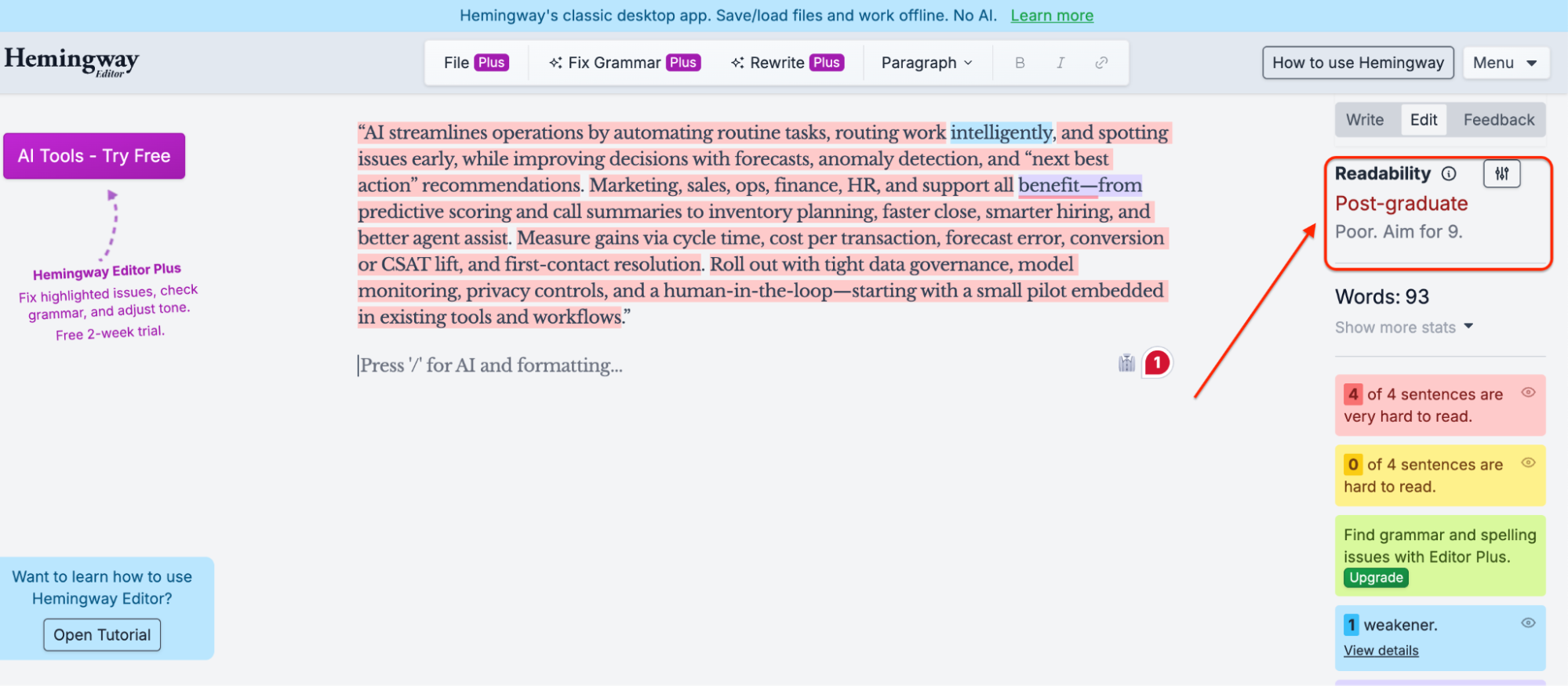
This Hemingway Editor analysis shows why the Ahrefs humanizer failed so badly—it made the text even worse from a readability standpoint. The content is now rated as “Post-graduate” level reading difficulty, which is terrible for most audiences, and Hemingway flags that all four sentences are either “very hard to read” or “hard to read.”
Multiple bloggers noted that while the tool preserves most target keywords, there are concerning changes. When trying to humanize ai text about “machine learning algorithms,” it sometimes switches to “computer learning methods.” Close, but not identical for seo optimization purposes.
Ahrefs Humanizer for SEO Professionals
The brutal truth: Ahrefs Humanizer won’t magically boost your rankings. We tested it across multiple AI detection tools and saw scores drop from 95% AI to 23% AI on GPTZero. But detection avoidance isn’t ranking improvement.
| Question | Reality Check |
| Does it help rankings? | No direct ranking benefits—Google cares about quality, not AI detection |
| Risk of penalties? | Low risk—Google doesn’t auto-penalize AI content, just low-quality spam |
| Google Helpful Content alignment? | Improves readability but can’t add expertise or E-E-A-T signals |
What works vs. what doesn’t:
Smart use cases:
- Light editing of AI drafts before adding human expertise
- Improving readability and conversational tone
- Part of larger content workflow (AI → Humanize → Expert review → Publish)
Risky approaches:
- Mass-producing humanized content without human oversight
- Treating detection avoidance as an SEO strategy
- Publishing humanized AI content without adding genuine insights
The bottom line: Ahrefs Humanizer reduces detection risk without creating ranking benefits. Google’s Helpful Content Update still demands real expertise and value. Use it for flow improvement, not as a publishing shortcut. Quality content ranks regardless of origin—poor humanized content still tanks.
Pros and Cons of Using Ahrefs Humanizer
The good stuff:
- Free tool: No subscription fees or usage limits like premium alternatives
- Easy to use: Simple paste-and-click interface, no learning curve
- Decent bypass rate: Consistently drops detection scores from 90%+ to under 30%
- Fast processing: Handles long-form content quickly without timeout issues
- Integration potential: Works well as part of larger content workflows
The limitations:
- Surface-level rewriting: Changes sentence structure but doesn’t add depth or insights
- Not reliable for professional publishing: Output often needs significant human editing
- Limited features vs competitors: No tone adjustment, industry-specific language, or advanced customization
- Inconsistent quality: Sometimes creates awkward phrasing or loses technical accuracy
- Keyword issues: May replace exact-match terms with synonyms, hurting SEO targeting
Ethical and Legal Considerations
Let’s be real here – using AI humanizers isn’t exactly black and white when it comes to ethics and legality.
Academic Risks
If you’re a student, you should think twice. Universities are getting pretty savvy with tools like Turnitin, and if you get busted, you could land in serious hot water with academic penalties.
Professional Consequences
Running a business or agency? Your clients probably aren’t paying you for AI content (even if it’s humanized). If they find out, you’re looking at damaged trust, and you could potentially lose accounts.
Copyright Issues
Here’s where things get murky. No one’s quite sure how humanized AI content fits into copyright law. Is it derivative work? Original content? We’re still figuring that out, and that uncertainty could bite you later.
Bottom line: these tools exist in a pretty gray area where we’re still writing the rules. Before you dive in, especially for work or school, make sure you’re okay with the potential fallout if things don’t go your way.
Ahrefs Humanizer vs Competitors
AI “humanizers” promise to rewrite text so it passes popular detectors, but results vary by input, detector, and updates. Below is a quick buyer’s snapshot focusing on pricing, ease of use, claimed bypass strength, SEO impact, and edit quality.
Feature-by-Feature Comparison Table
| Tool | Pricing snapshot | Ease of use | Detection bypass % (claims/tests) | SEO-friendliness | Editorial quality |
| Ahrefs Humanizer | Free web tool | Very easy (paste-in) | N/A (no official %; third-party tests mixed) | Basic (no SEO controls) | Light rewrite; good for quick fixes |
| Writesonic Humanizer | Humanizer is free; broader Writesonic plans available | Easy | Claims vary; no official % | Strong if using full suite (generation + optimization) | Solid rewrite quality; depends on plan features |
| Walter Writes AI | Paid (300-word free trial) | Easy | Marketing claims of “undetectable”; no audited % | Neutral (not an SEO suite) | Focus on rhythm/burstiness; natural flow |
| Originality.ai Humanizer | Free humanizer surface; paid tools for detection/plagiarism | Easy | Vendor focuses on detection accuracy; no fixed bypass % | Helpful via integrated QA (readability, fact check) | Clean rewrites; strongest when paired with their QA tools |
| Undetectable.ai | Credits from ~$19 for ~20k words (tiered) | Easy | Aggressive claims; independent reviews mixed by detector | Has SEO-adjacent tools (writer, style) | Versatile modes; bulk-friendly |
| GPT-MinusOne | Free/open-source | Moderate (DIY) | No claims; community reports inconsistent | None | Experimental; not dependable for pro use |
| HIX.ai Humanizer (HIX Bypass) | Paid tiers (Basic/Pro/Unlimited; free tier limits) | Easy | Claims “undetectable” with multiple modes; no audited % | Claims SEO-friendliness in marketing | Often readable; quality depends on mode and input |
Quick takeaways
- If you just need a free, fast pass, Ahrefs’ Humanizer is the simplest starting point—but don’t expect miracles against strict detectors.
- If you want a bundled workflow, Writesonic (humanizer + writer) or Originality.ai (humanizer + detection/QA) remove tool-switching friction.
- If bulk and modes matter, Undetectable.ai and HIX Bypass offer more knobs and higher throughput than Ahrefs’ free tool.
- For tinkerers, GPT-MinusOne is interesting but not reliable for professional publishing.
No tool can guarantee undetectability across all detectors and updates. Always sanity-check output for accuracy, style, citations, and your publication’s ethics policy.
Frequently Asked Questions
Can Google detect humanized AI text?
Is Ahrefs Humanizer free forever?
How is it different from paraphrasing tools?
Verdict: Is it Worth It?
A humanizer can smooth awkward phrasing and reduce obvious tells, but it is not a substitute for research, structure, or clear POV. If you rely on it alone, you risk thin copy, factual gaps, and inconsistent tone that will not hold rankings or trust.
Use Ahrefs Humanizer as a light touch at the end of an edit, not the core of your workflow. Start with a solid brief, add evidence and sources, write for search intent, and review with a real editor.
If you need automation, pair a writer with an AI assistant for drafting, then run QA for accuracy, style, links, and schema. The teams that win combine human expertise, transparent sourcing, and iterative optimization. Tools help, but judgment and craft decide the outcome

